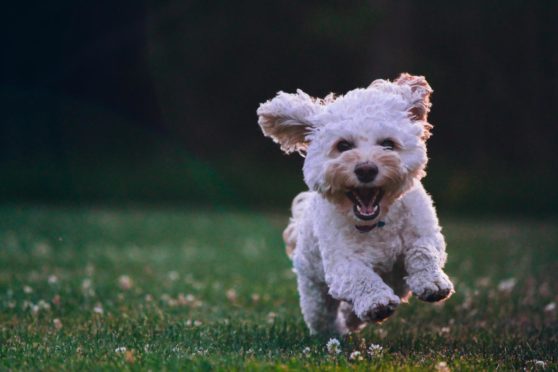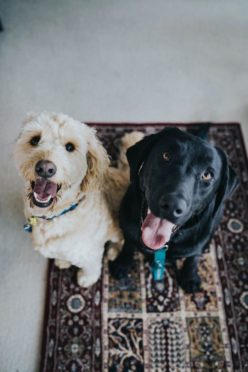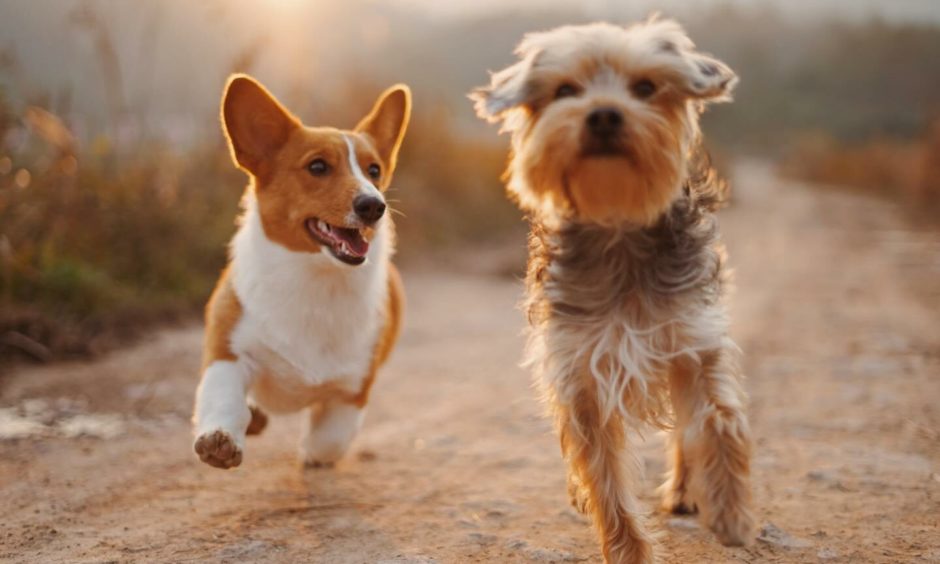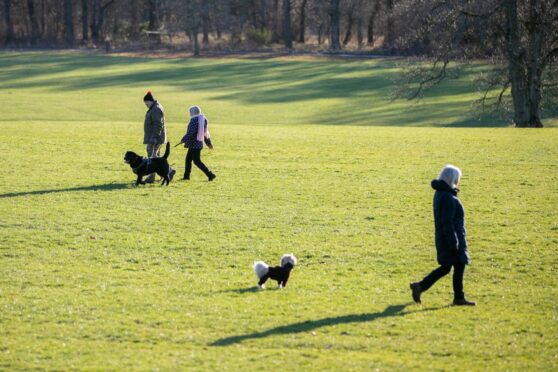More than half of UK dog owners are unsure of Covid self-isolation rules when it comes to walkies for their dog, says new research.
A whopping 6 million dogs in the UK, half of our four-legged friends, have been affected by the pandemic, isolating with their owners.
But two fifths of owners (39%) are unclear whether they’re allowed to walk their dog if Covid or self-isolation strikes. And a third (31%) don’t know if others should walk their dog.

The survey for YuMOVE dog supplement polled 2,000 owners about concerns over their pooches
Here, expert dog trainer Anthony Clarke tackles dog-lovers’ top worries.
Anthony says: “It can be a worrying time if you are told to self-isolate and don’t have friends, family or neighbours to rely on to help care for your dog.”
Are there exercises I can do with my dog at home?
Yes. Teaching basic recall: sit and stay, lie down and stand, hide and seek, hunt and search for food or toys, sending your dog around an object, fetch and retrieve are fun for your dog.
If you don’t have a garden you can try in-house wellbeing activities and basic tricks like give a paw, spin left and right, weave between your legs.

But if my dog really needs walks can I take them?
You shouldn’t go beyond your own garden to walk your dog.
Scottish Government advice if you’re self-isolating or at increased medical risk, is you should not walk your dog outside your home.
Can someone else take my dog out?
You can ask someone outside your household to walk your dog for you.
However, the person who walks your dog should avoid coming into your home.
They should also ensure your dog is kept on a lead to avoid contact with other people and dogs.
They should wash their hands thoroughly before and after contact with your dog.

My dog is barking more, what can I do?
Give the dog more mental stimulation. Training will help mentally but physical activities will also tire your dog out.
Teaching them how to relax when in the house is vital. With people being at home more, the dog may become more needy.
So a safe place like a crate, room or area they see as their own may help them to become calmer.
